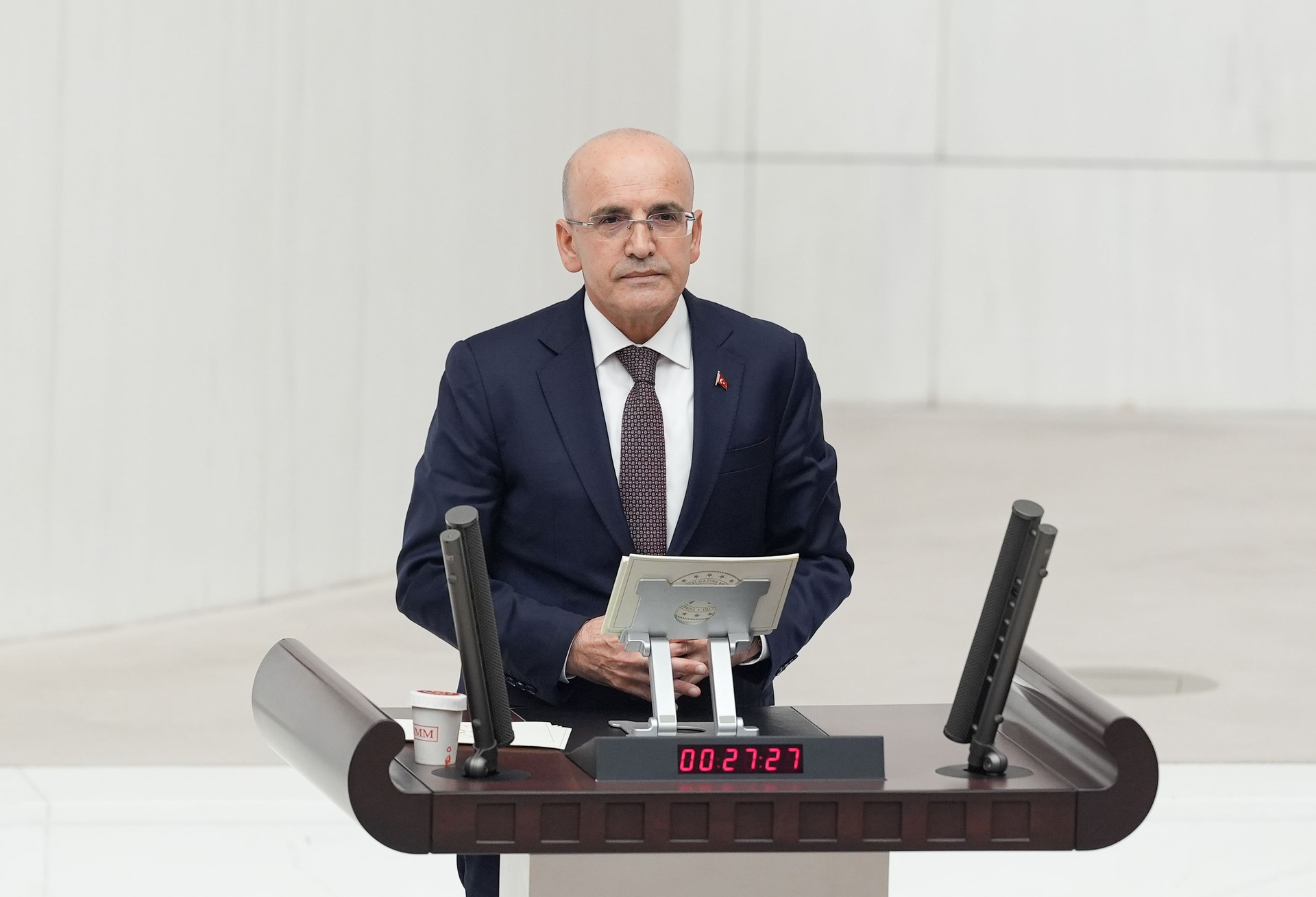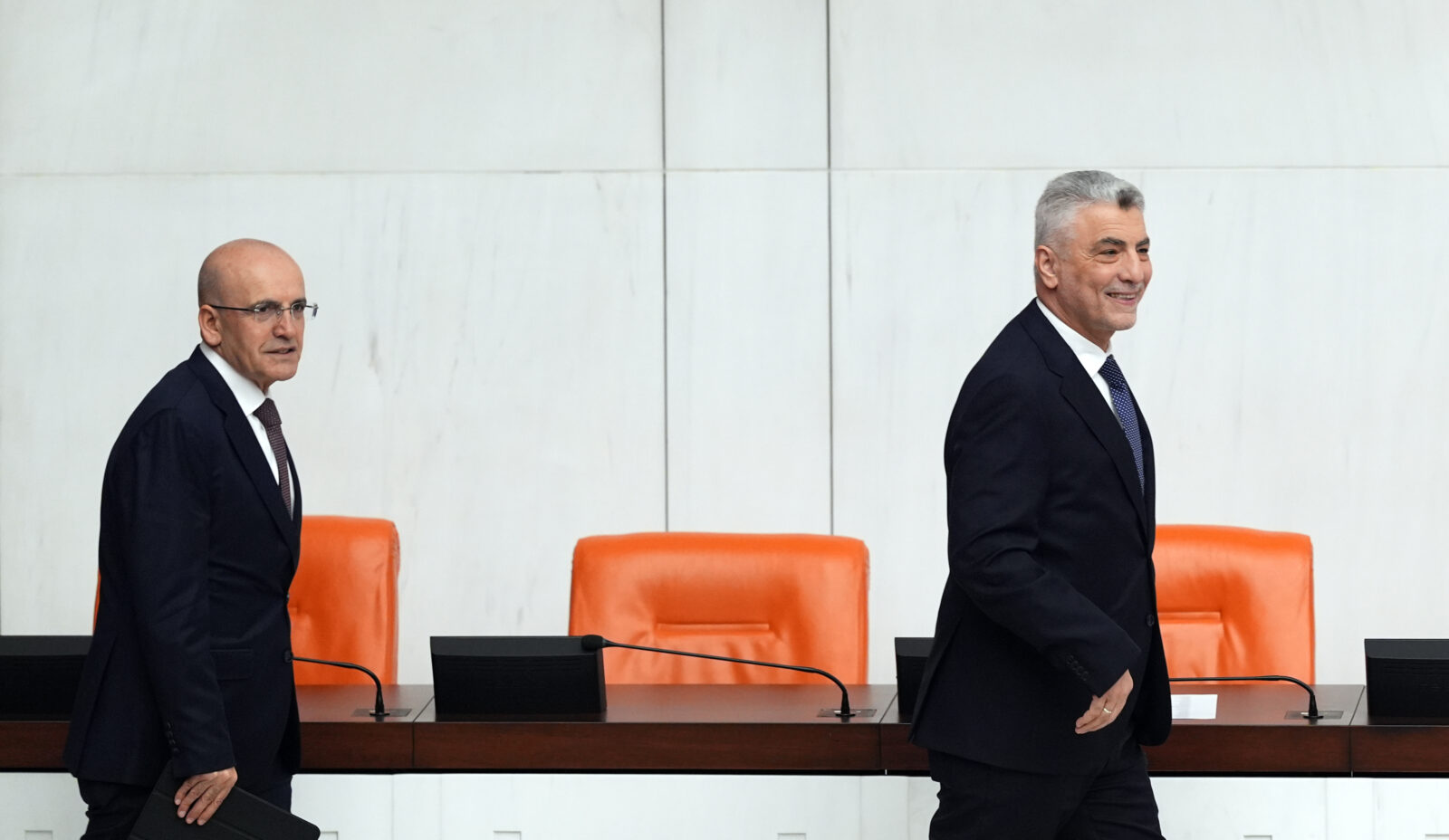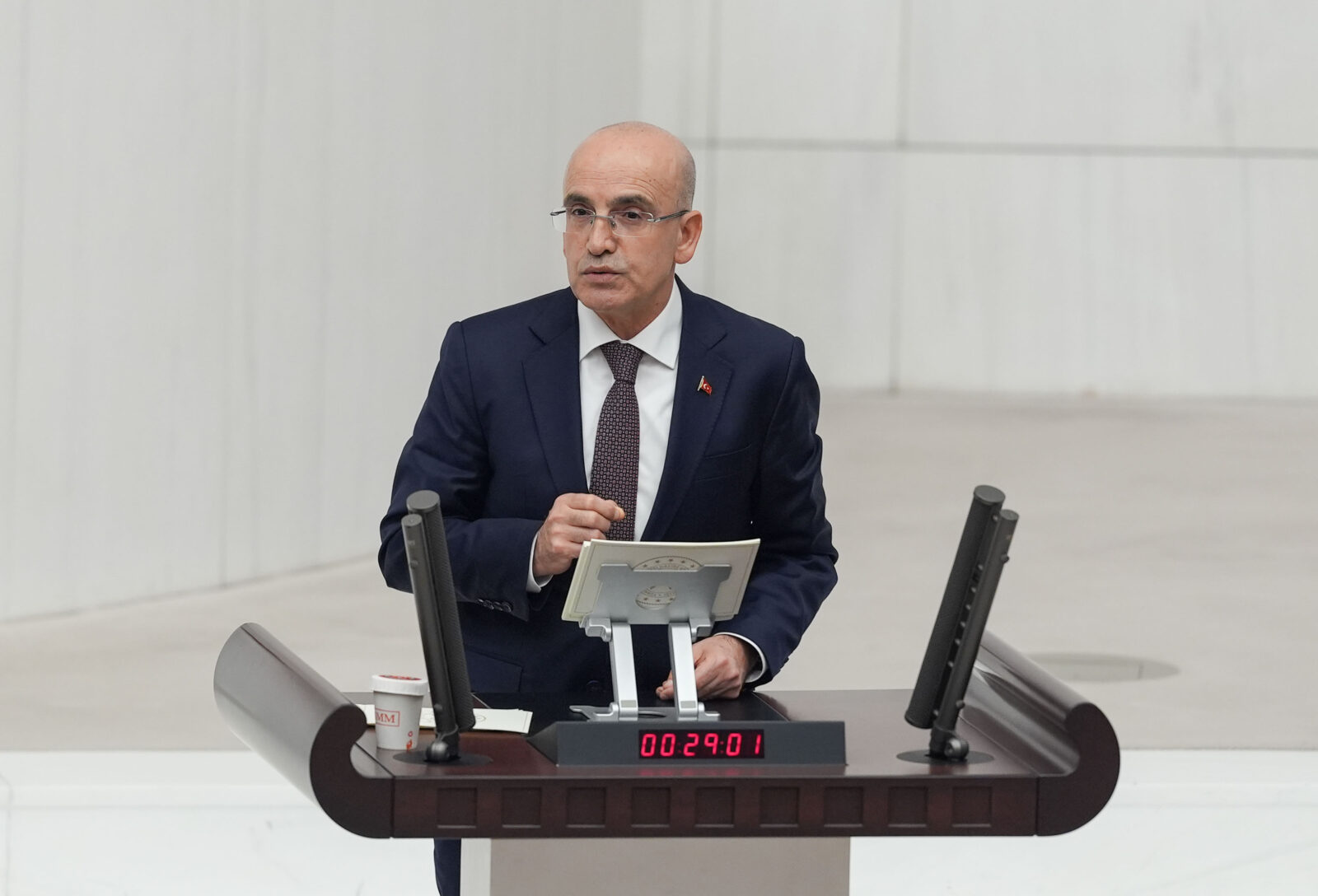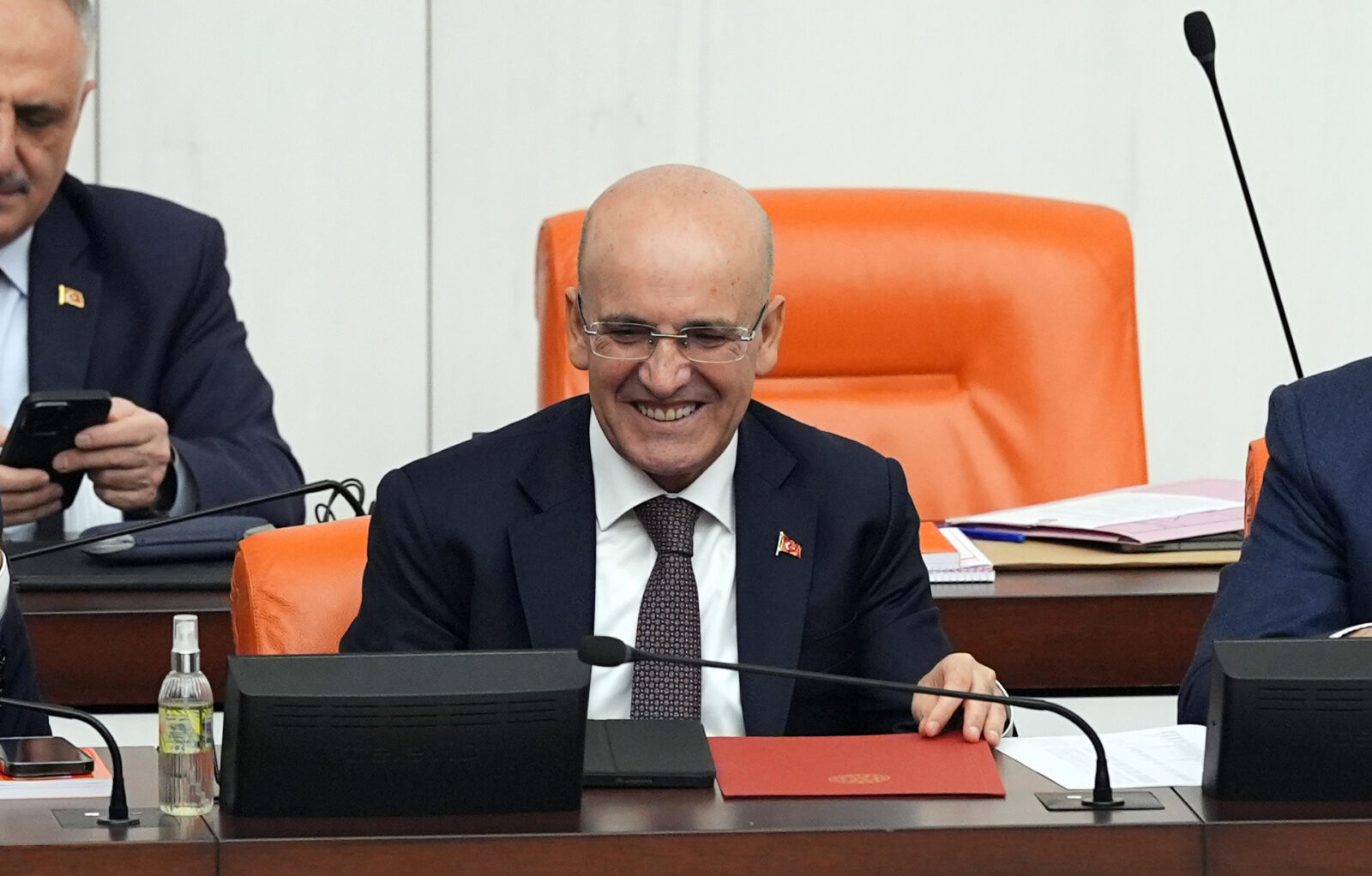
Türkiye’s Treasury and Finance Minister Mehmet Simsek refuted allegations linking the substantial increase in the Central Bank of the Republic of Türkiye’s (CBRT) reserves to carry trades—borrowing low-interest currency and investing in high-yield assets—stating that the reserves were boosted by rising external sources.
CBRT's official reserve assets were recorded as USD 159.8 billion, marking a 5.1% rise from the previous month in October.
Simsek emphasized that they have removed concerns over low reserves by increasing them, pointing out that more than two-thirds of the increase came from long-term, reasonably costed external sources and portfolio preferences within Türkiye.
Simsek addressed the Turkish Parliament during his presentation on his ministry’s 2025 budget, along with Turkish Trade Minister Omer Bolat.


Highlighting the significant achievements of the Medium-Term Program implemented since the second half of 2023, Simsek said they primarily strengthened macro-financial stability. He noted that they had rebalanced the economy and increased resilience to shocks. The decrease in the current account deficit to below 1% of GDP, from 5.5%, is of great value, he added.
Simsek reiterated their support for workers and retirees, emphasizing that wages have been raised above inflation. “We have not and will not let our employees and retirees be crushed by inflation,” said Simsek, highlighting the following data:

Simsek added, “The minimum wage will likely remain above inflation as well.”
Resuming his speech after a break, Simsek provided data on illegal betting activities:

Simsek also noted that growth in the Eastern Anatolia Project (DAP) and Southeastern Anatolia Region (GAP) regions exceeded overall growth between 2003 and 2024. He mentioned the establishment of organized industrial zones in these areas and outlined public investments:
“We provide the largest incentives to these regions. If there is insufficient private sector investment, then we must seek the root of the problem in terrorism. We have done our part and will continue to do so. Reducing regional development disparities remains one of our most significant goals,” Simsek concluded.